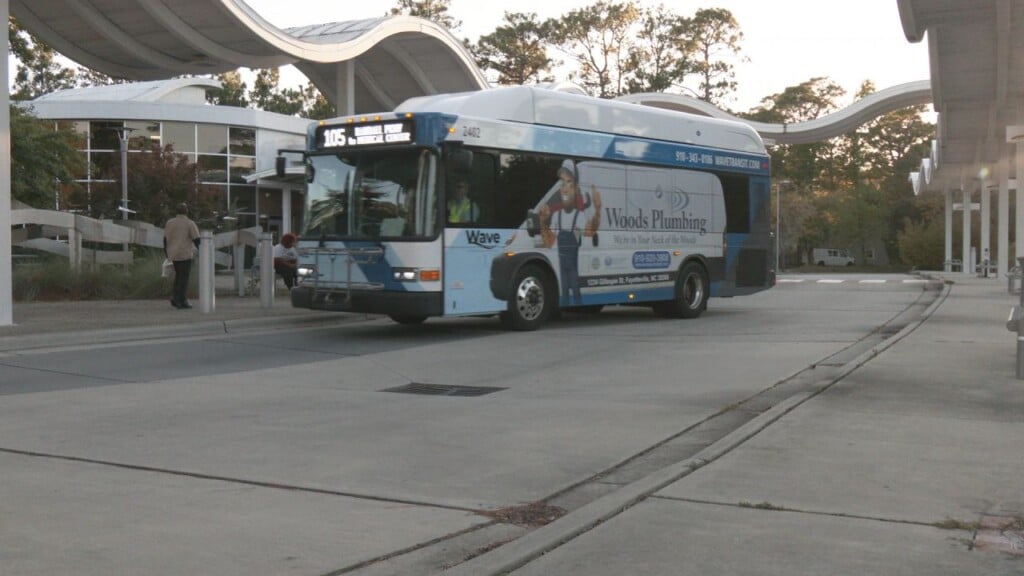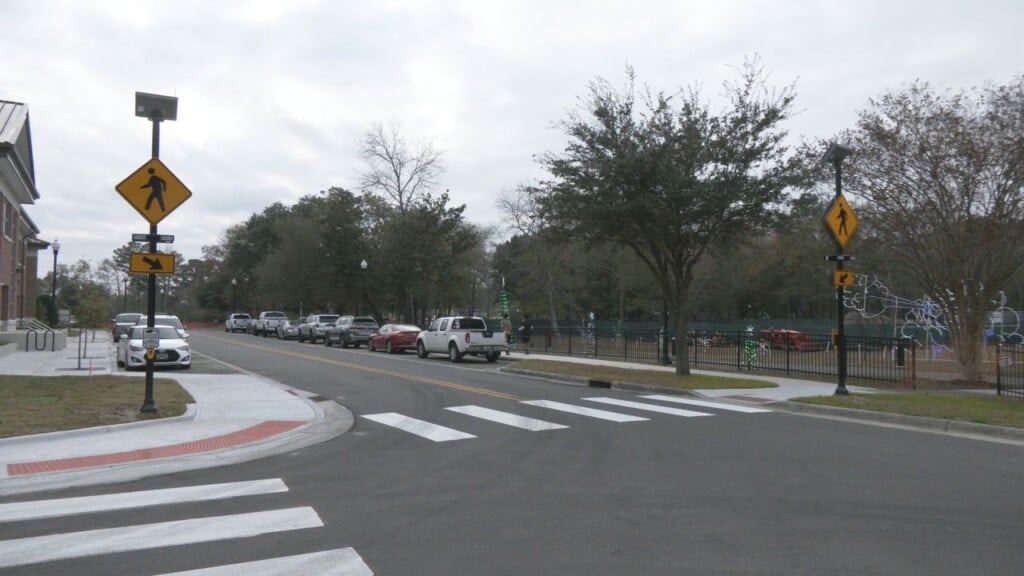Economic Outlook Conference addresses national trends, local growth pressures
WILMINGTON, NC (WWAY) — The annual Economic Outlook Keynote lunch was held Wednesday at the Wilmington Convention Center in downtown Wilmington.
Hundreds of attendees heard from multiple speakers about the national and regional economy.
The UNCW Swain Center hosted its annual Economic Outlook Conference Wednesday at the Wilmington Convention Center.
At the keynote lunch, hundreds heard from multiple speakers on both the national and regional economy.
The first, Tom Barkin, President and CEO of the Federal Reserve Bank of Richmond, focused on the national outlook.
“Now with inflation risks still elevated but the downside risks to employment rising, we face a more challenging situation. We’re at the top of the telephone pole if you will. With our two goals in attention, our focus is more about how do you balance. At our last meeting we cut the Fed fund rate by 25 basis points, just over 4% moving to a more neutral policy sense,” Barkin said.
Mouhcine Guettabi, associate professor of economics at UNCW and regional economist, said the state’s growing trends have slowed.
“North Carolina was the 6th fastest growing state in the country for 6 years between 2019 and 2025, it’s continuing to grow fast but again it’s experienced deceleration. We’ve basically added about 500,000 jobs and about almost 600,000 people in the span of 6 years,” Guettabi shared.
Guettabi said the Wilmington metropolitan; New Hanover, Pender, and Brunswick Counties, area makes up about 4.5% of the state’s population, but 9.5% of the state’s population growth.
He says that can come with challenges.
“Has put stress on traffic, it’s put stress on housing. That’s going to raise these policy questions that we can’t avoid anymore that we have to address about how do we enjoy this growth while maintaining that high quality of life. While maintaining reasonable affordability,” Guettabi added.
Still, Guettabi said in the short run things look good.
“We are no longer a super star metro area from the growth perspective, but we are still continuing to grow. We benefited a ton from COVID, we’re gonna continue growing just not at the same rate. Near forecasting, probably go back to those pre-pandemic levels,” Guettabi explained.




